Charles E W Bean, Diaries, AWM38 3DRL 606/1/1 - October - December 1914 - Part 15
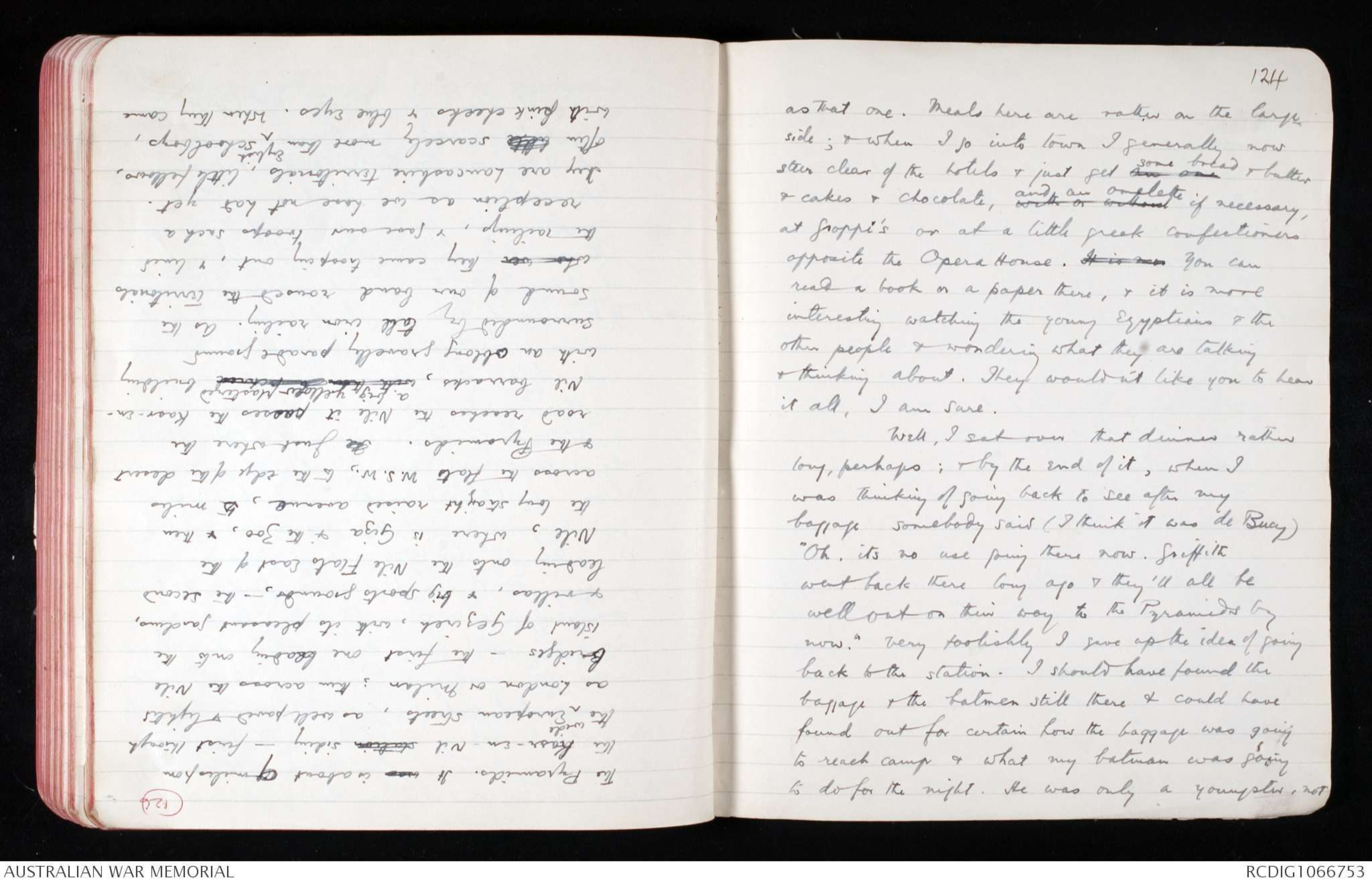
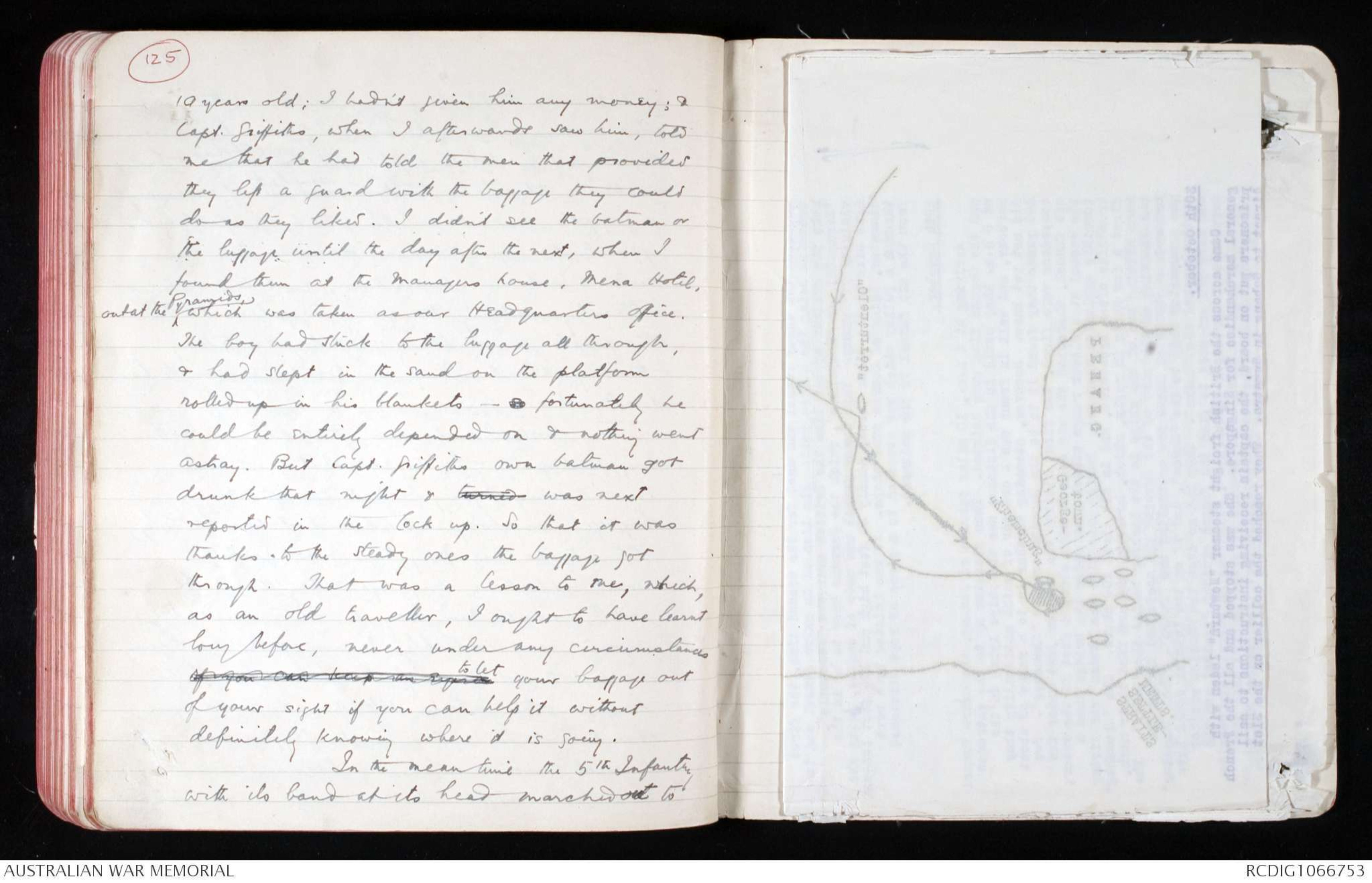
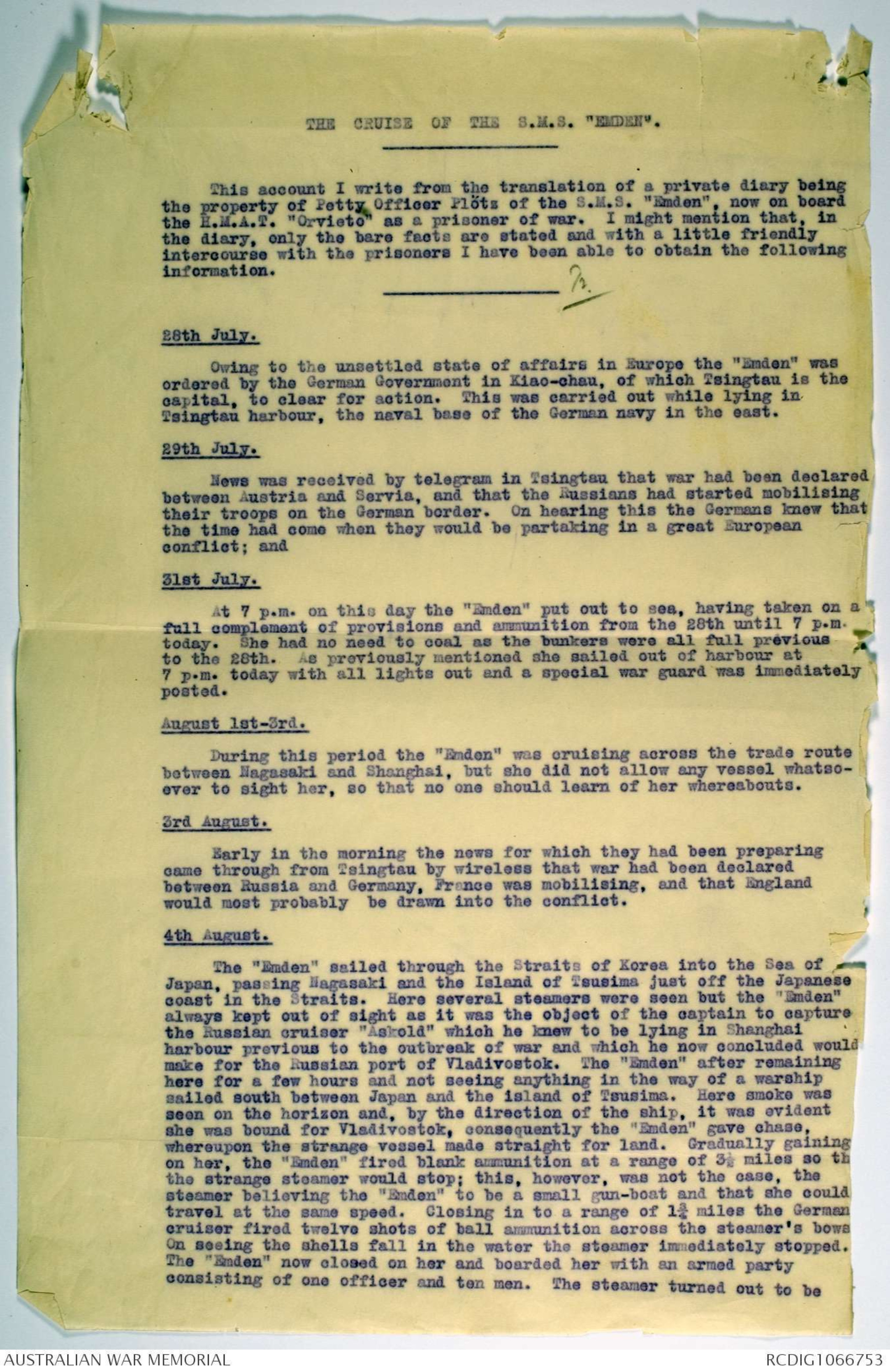
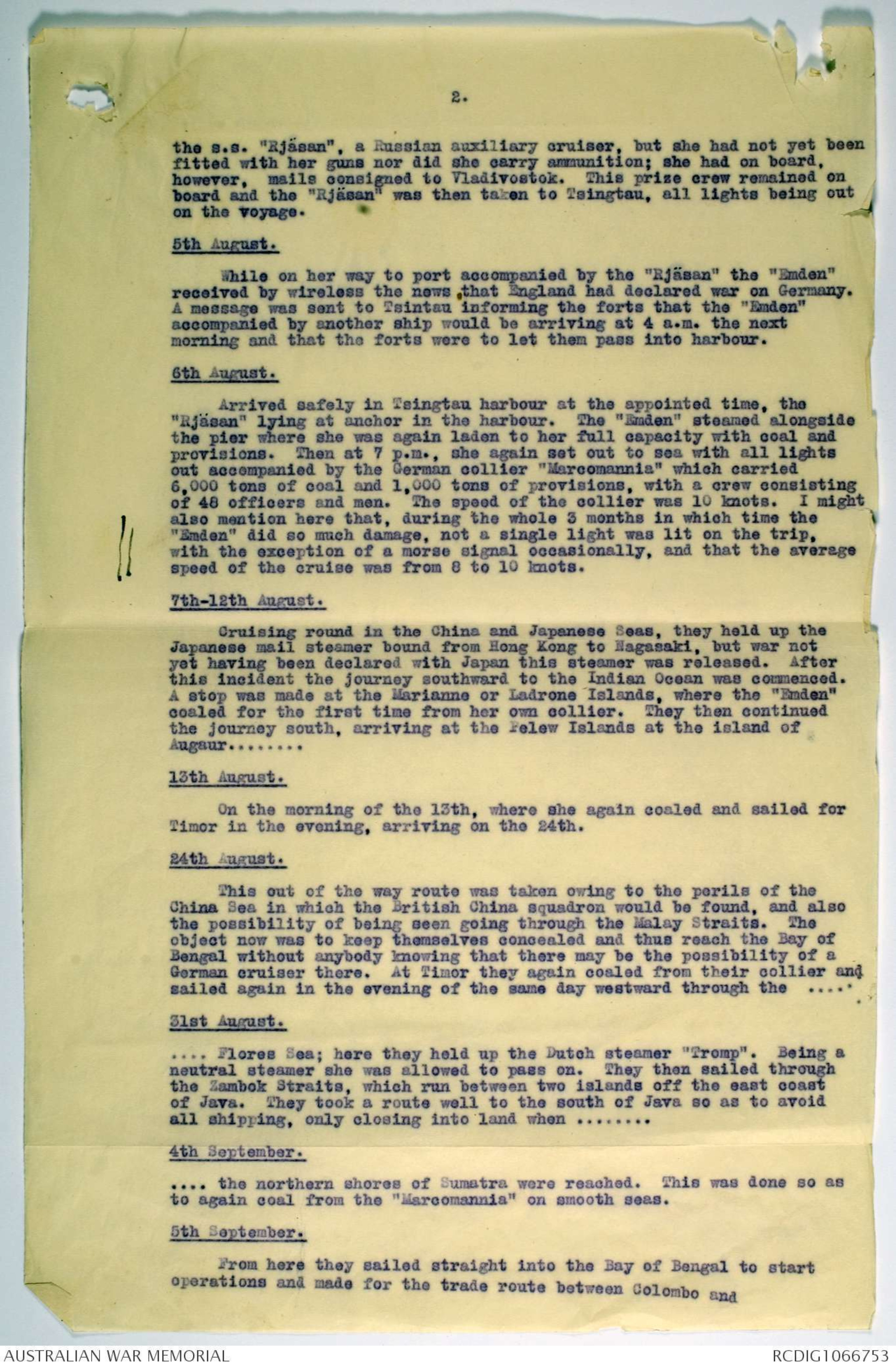
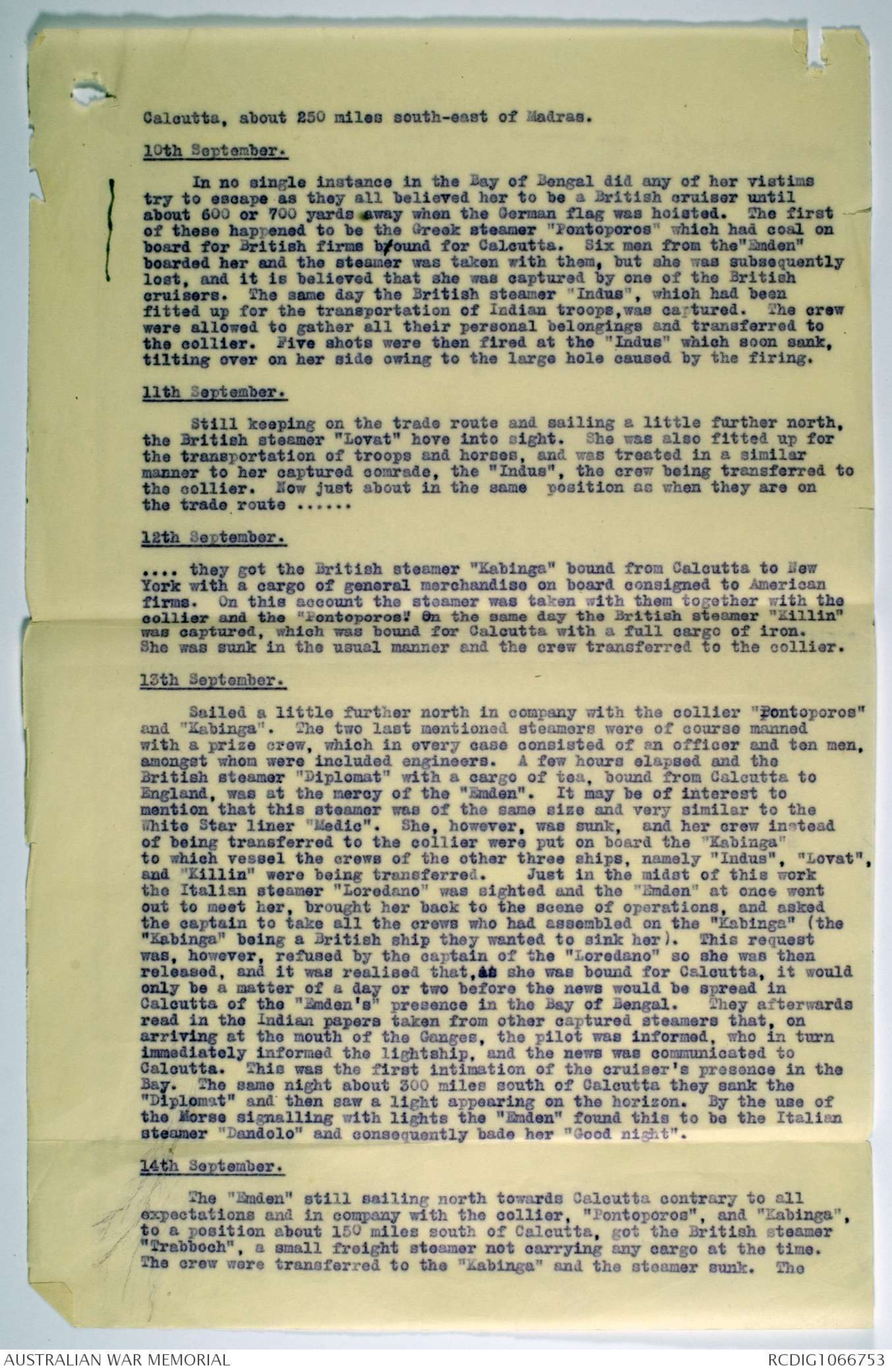
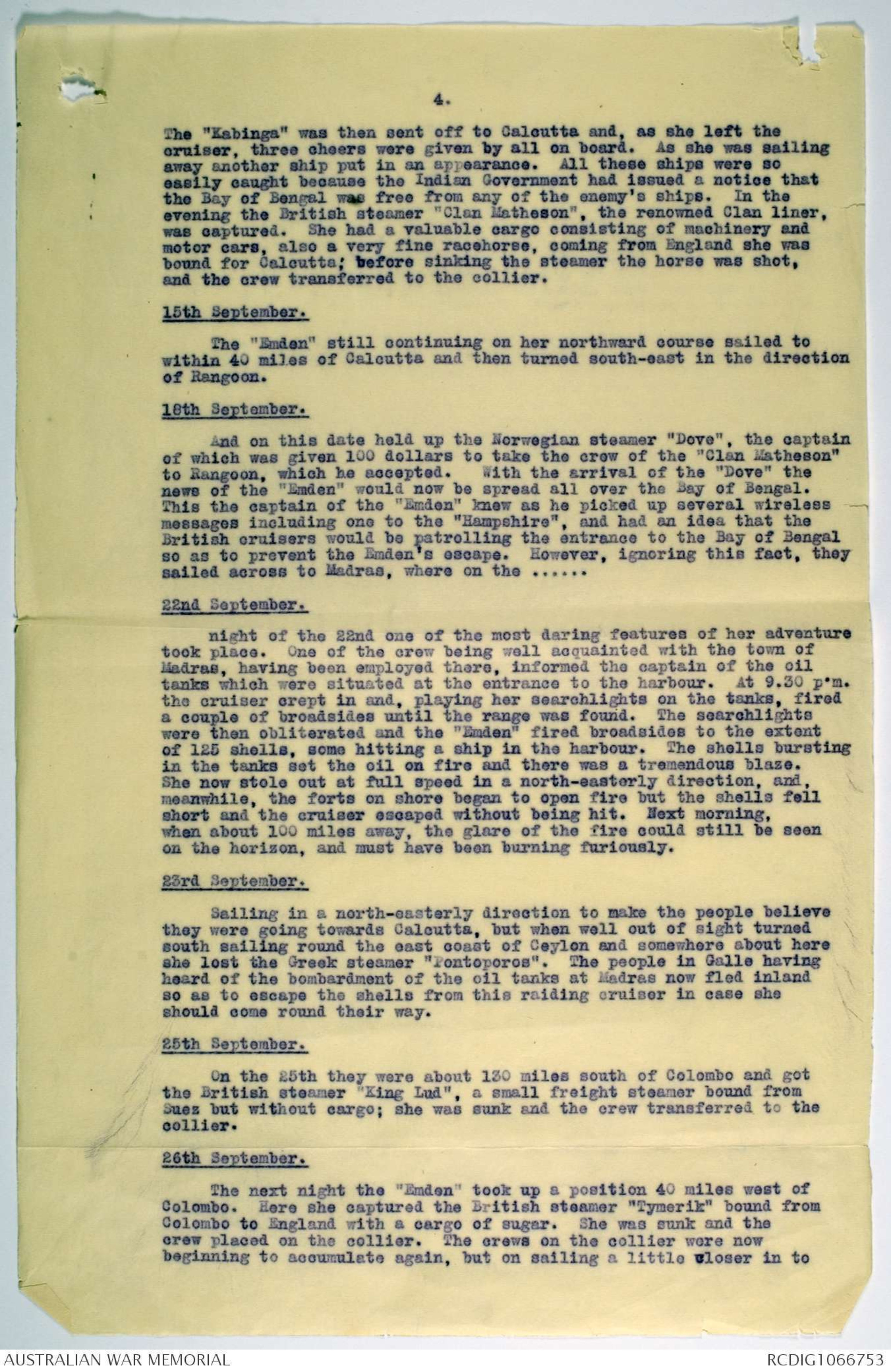
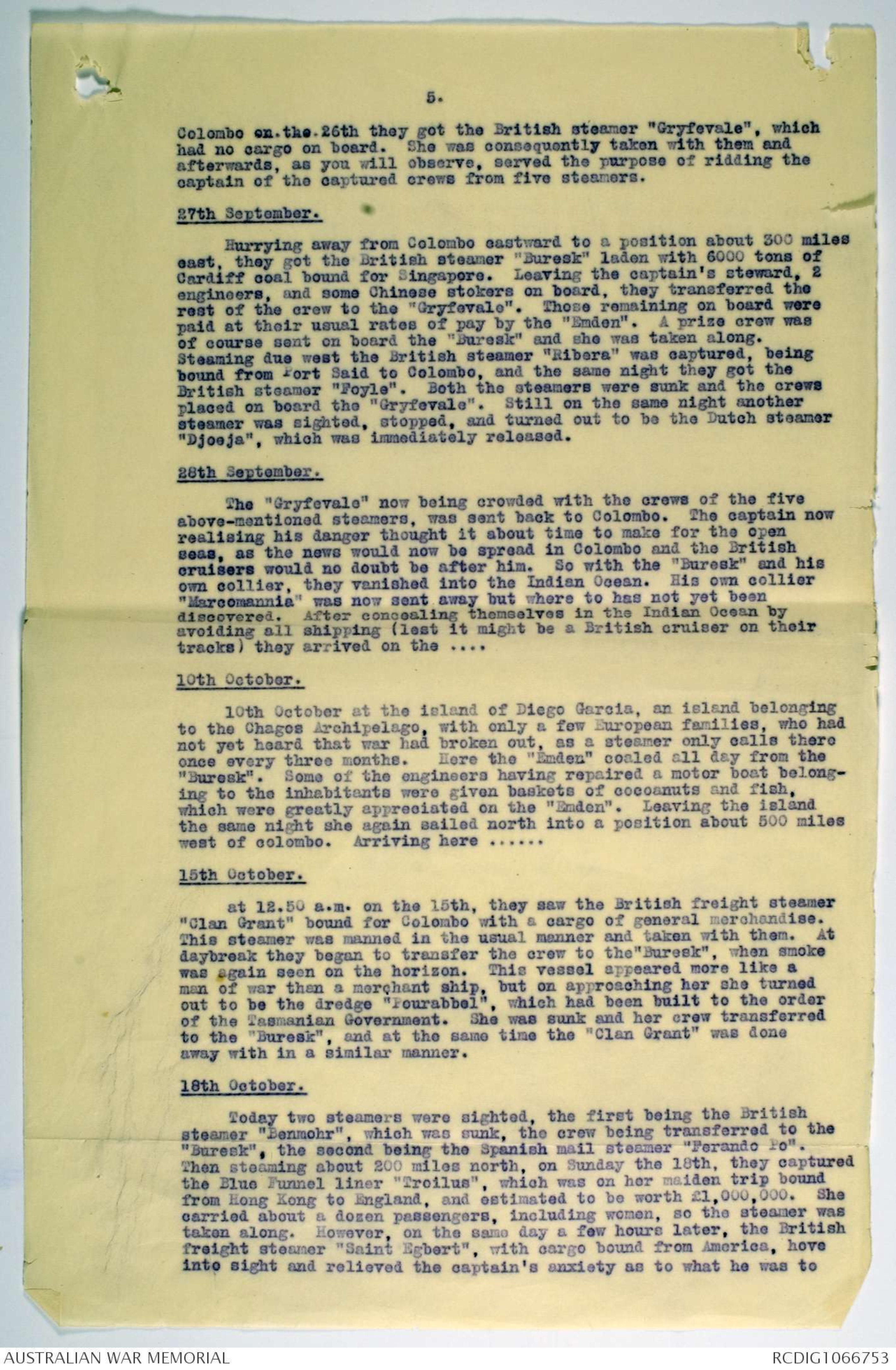
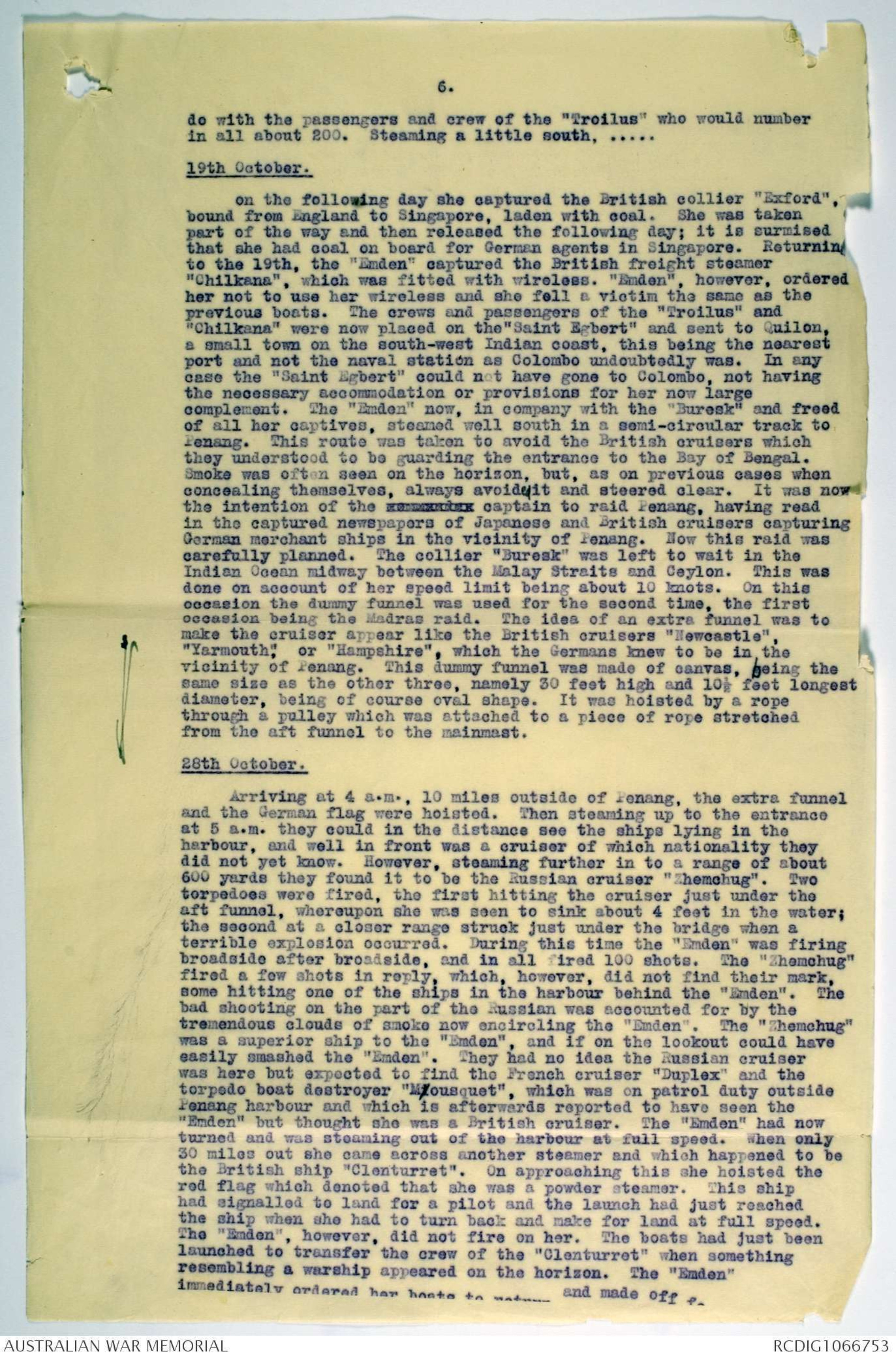
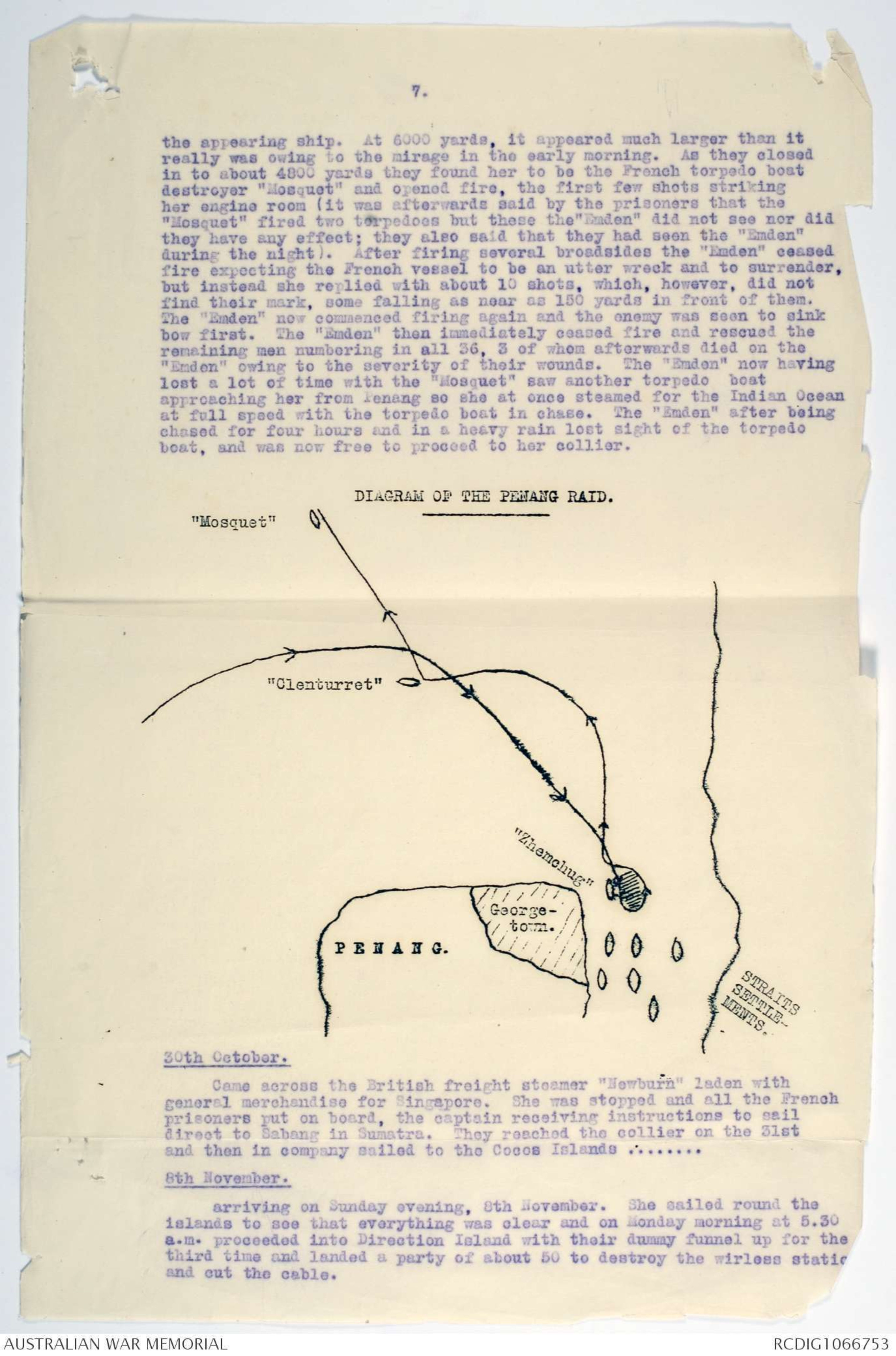
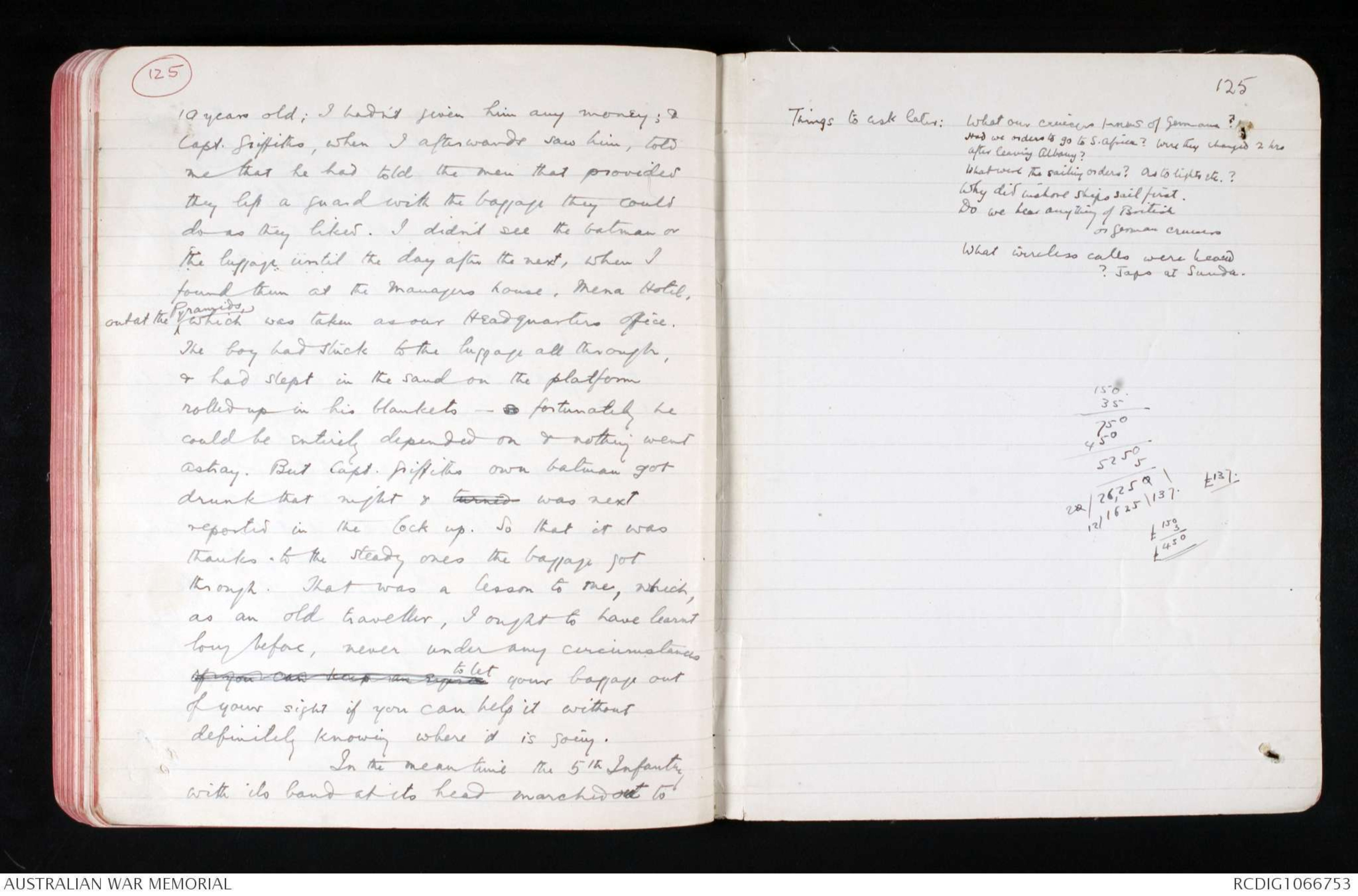
126
The Pyramids. It was is about 10 9 miles from
the Kasr-en Nil station siding- first through
the ^wide European streets, as well paved & lighted
as London or Milan; then across the Nile
bridges - the first one leading onto the
island of Gezireh, with its pleasant gardens,
& villas, & big sports grounds, - the second
leading onto the Nile Flats east of the
Nile, where is Giza & the Zoo, & then
the long straight raised avenue, 5 miles
across the flats W.S.W., to the edge of the desert
& the Pyramids. The Just where the
road reaches the Nile it passes the Kasr-En-
Nil barracks, with xxxxx a big yellow plastered building
with an oblong gravelly parade ground
surrounded by tall iron railing. As the
sound of our band roused the territorialswho wer they came trooping out, & lined
the railings, & gave our troops such a
reception as we have not had yet.
They are Lancashire territorials, little fellows,
often little scarcely more than ^English schoolboys,
with pink cheeks & blue eyes. When they came
124
as that one. Meals here are rather on the large
side; & when I go into town I generally now
steer clear of the hotels & just get on one some bread & butter
& cakes & chocolate, with or without and an omelet if necessary,
at Groppi's or at a little greek confectioners
opposite the Opera House. It is now You can
read a book or a paper there , & it is more
interesting watching the young Egyptians & the
other people & wondering what they are talking
& thinking about. They wouldn't like you to hear
it all, I am sure.
Well, I sat over that dinner rather
long , perhaps ; & by the end of it, when I
was thinking of going back to see after my
baggage somebody said ( I think it was de Bucy)
"Oh, its no use going there now. Griffith
went back there long ago & they'll all be
well out on their way to the Pyramids by
now". Very foolishly I gave up the idea of going
back to the station. I should have found the
baggage & the batmen still there & could have
found out for certain how the baggage was going
to reach camp & what my batman was going
to do for the night. He was only a youngster, not
125
19 years old. I hadn't given him any money; &
Capt. Griffiths, when I afterwards saw him, told
me that he had told the men that provided
they left a guard with the baggage they could
do as they liked. I didn't see the batman or
the luggage until the day after the next, when I
found them at the Managers house, Mena Hotel,
^out at the Pyramids which was taken as our Headquarters Office.
The boy had stuck to the luggage all through,
& had slept in the sand on the platform
rolled up in his blankets - so fortunately he
could be entirely depended on & nothing went
astray. But Capt. Griffiths own batman got
drunk that night & turned was next
reported in the lock up. So that it was
thanks. to the steady ones the baggage got
through. That was a lesson to me, which,
as an old traveller, I ought to have learnt
long before, never under any circumstancesif you can keep an eye to let your baggage out
of your sight if you can help it without
definitely knowing where it is going.
In the mean time the 5th Infantry
with its band at its head marched out to
[diagram - see original]
THE CRUISE OF THE S.M.S. "EMDEN".
___________________________
This account I write from the translation of a private diary being
the property of Petty Officer Plőts of the S.M.S. "Emden", now on board
the H.M.A.T. "Orvieto" as a prisoner of war. I might mention that, in
the diary, only the bare facts are stated and with a little friendly
intercourse with the prisoners I have been able to obtain the following
information.
___________________________ [[?]]
28th July.
Owing to the unsettled state of affairs in Europe the "Emden" was
ordered by the German Government in Kiao-chau, of which Tsingtau is the
capital, to clear for action. This was carried out while lying in
Tsingtau harbour, the naval base of the German navy in the east.
29th July.
News was received by telegram in Tsingtau that war had been declared
between Austria and Servia, and that the Russians had started mobilising
their troops on the German border. On hearing this the Germans knew that
the time had come when they would be partaking in a great European
conflict; and
31st July.
At 7 p.m. on this day the "Emden" put out to sea, having taken on a
full complement of provisions and ammunition from the 28th until 7 p.m.
today. She had no need to coal as the bunkers were all full previous
to the 28th. As previously mentioned she sailed out of harbour at
7 p.m. today with all lights out and a special war guard was immediately
posted.
August 1st - 3rd.
During this period the "Emden" was cruising across the trade route
between Nagasaki and Shanghai, but she did not allow any vessel whatsoever
to sight her, so that no one should learn of her whereabouts.
3rd August.
Early in the morning the news for which they had been preparing
came through from Tsingtau by wireless that war had been declared
between Russia and Germany, France was mobilising, and that England
would most probably be drawn into the conflict.
4th August.
The "Emden" sailed through the Straits of Korea into the Sea of
Japan, passing Nagasaki and the Island of Tsusima just off the Japanese
coast in the Straits. Here several steamers were seen but the "Emden"
always kept out of sight as it was the object of the captain to capture
the Russian cruiser "Askold" which he knew to be lying in Shanghai
harbour previous to the outbreak of war and which he now concluded would
make for the Russian port of Vladivostok. The "Emden" after remaining
here for a few hours and not seeing anything in the way of a warship
sailed south between Japan and the island of Tsusima. Here smoke was
seen on the horizon and, by the direction of the ship, it was evident
she was bound for Vladivostok, consequently the "Emden" gave chase,
whereupon the strange vessel made straight for land. Gradually gaining
on her, the "Emden" fired blank ammunition at a range of 3 1/2 miles so th
the strange steamer would stop; this, however, was not the case, the
steamer believing the "Emden" to be a small gun-boat and that she could
travel at the same speed. Closing into a range of 1 3/4 miles the German
cruiser fired twelve shots of ball ammunition across the steamer's bows
On seeing the shells fall in the water the steamer immediately stopped.
The "Emden" now closed on her and boarded her with an armed party
consisting of one officer and ten men. The steamer turned out to be
2.
the s.s. "Rjäsan", a Russian auxiliary cruiser, but she had not yet been
fitted with her guns nor did she carry ammunition; she had on board,
however, mails consigned to Vladivostok. This prize crew remained on
board and the "Rjäsan" was then taken to Tsingtau, all lights being out
on the voyage.
5th August.
While on her way to port accompanied by the "Rjäsan" the "Emden"
received by wireless the the news that England had declared war on Germany.
A message was sent to Tsingtau informing the forts that the "Emden"
accompanied by another ship would be arriving at 4 a.m. the next
morning and that the forts were to let them pass into harbour.
6th August.
Arrived safely in Tsingtau harbour at the appointed time, the
"Rjäsan" lying at anchor in the harbour. The "Emden" steamed alongside
the pier where she was again laden to her full capacity with coal and
provisions. Then at 7 p.m., she again set out to sea with all lights
out accompanied by the German collier "Marcomannia" which carried
6,000 tons of coal and 1,000 tons of provisions, with a crew consisting
of 48 officers and men. The speed of the collier was 10 knots. I might
[[*II*]]also mention here that, during the whole 3 months in which time the
"Emden" did so much damage, not a single light was lit on the trip,
with the exception of a morse signal occasionally, and that the average
speed of the cruise was from 8 to 10 knots.
7th-12th August.
Cruising round in the China and Japanese Seas, they held up the
Japanese mail steamer bound from Hong Kong to Nagasaki, but war not
yet having been declared with Japan this steamer was released. After
this incident the journey southward to the Indian Ocean was commenced.
A stop was made at the Marianne or Ladrone Islands, where the "Emden"
coaled for the first time from her own collier. They then continued
the journey south, arriving at the Pelew Islands at the island of
Augaur........
13th August.
On the morning of the 13th, where she again coaled and sailed for
Timor in the evening, arriving on the 24th.
24th August.
This out of the way route was taken owing to the perils of the
China Sea in which the British China squadron would be found, and also
the possibility of being seen going through the Malay Straits. The
object now was to keep themselves concealed and thus reach the Bay of
Bengal without anybody knowing that there may be the possibility of a
German cruiser there. At Timor they again coaled from their collier and
sailed again in the evening of the same day westward through the ......
31st August.
.... Flores Sea; here they held up the Dutch steamer "Tromp". Being a
neutral steamer she was allowed to pass on. They then sailed through
the Zambok Straits, which run between two islands off the east coast
of Java. They took a route well to the south of Java so as to avoid
all shipping, only closing into land when ........
4th September.
.... the northern shores of Sumatra were reached. This was done so as
to again coal from the "Marcomannia" on smooth seas.
5th September.
From here they sailed straight into the Bay of Bengal to start
operations and made for the trade route between Colombo and
Calcutta, about 250 miles south-east of Madras.
10th September.
In no single instance in the Bay of Bengal did any of her vistims
try to escape as they all believed her to be a British cruiser until
about 600 or 700 yards away when the German flag was hoisted. The first
of these happened to be the Greek steamer "Pontoporos" which had coal on
board for British firms bround for Calcutta. Six men from the "Emden"
boarded her and the steamer was taken with them, but she was subsequently
lost, and it is believed that she was captured by one of the British
cruisers. The same day the British steamer "Indus", which had been
fitted up for the transportation of Indian troops, was captured. The crew
were allowed to gather all their personal belongings and transferred to
the collier. Five shots were then fired at the "Indus" which soon sank,
tilting over on her side owing to the large hole caused by the firing.
11th September.
Still keeping on the trade route and sailing a little further north,
the British steamer "Lovat" hove into sight. She was also fitted up for
the transportation of troops and horses, and was treated in a similar
manner to her captured comrade, the "Indus", the crew being transferred to
the collier. Now just about in the same position as when they are on
the trade route ......
12th September.
.... they got the British steamer "Kabinga" bound from Calcutta to New
York with a cargo of general merchandise on board consigned to American
firms. On this account the steamer was taken with them together with the
collier and the "Pontoporos". On the same day the British steamer "Killin"
was captured, which was bound for Calcutta with a full cargo of iron.
She was sunk in the usual manner and the crew transferred to the collier.
13th September.
Sailed a little further north in company with the collier "Pontoporos"
and "Kabinga". The two last mentioned steamers were of course manned
with a prize crew, which in every case consisted of an officer and ten men,
amongst whom were included engineers. A few hours elapsed and the
British steamer "Diplomat" with a cargo of tea, bound from Calcutta to
England, was at the mercy of the "Emden". It may be of interest to
mention that this steamer was of the same size and very similar to the
White Star liner "Medic". She, however, was sunk, and her crew instead
of being transferred to the collier were put on board the "Kabinga"
to which vessel the crews of the other three ships, namely "Indus", "Lovat",
and "Killin" were being transferred. Just in the midst of this work
the Italian steamer "Loredano" was sighted and the "Emden" at once went
out to meet her, brought her back to the scene of operations, and asked
the captain to take all the crews who had assembled on the "Kabinga" (the
"Kabinga" being a British ship they wanted to sink her). This request
was, however, refused by the captain of the "Loredano" so she was then
released, and it was realised that, as she was bound for Calcutta, it would
only be a matter of a day or two before the news would be spread in
Calcutta of the "Emden's" presence in the Bay of Bengal. They afterwards
read in the Indian papers taken from other captured steamers that, on
arriving at the mouth of the Ganges, the pilot was informed, who in turn
immediately informed the lightship, and the news was communicated to
Calcutta. This was the first intimation of the cruiser's presence in the
Bay. The same night about 300 miles south of Calcutta they sank the
"Diplomat" and then saw a light appearing on the horizon. By the use of
the Morse signalling with lights the "Emden" found this to be the Italian
steamer "Dandolo" and consequently bade her "Good night".
14th September.
The "Emden" still sailing north towards Calcutta contrary to all
expectations and in company with the collier, "Pontoporos", and "Kabinga",
to a position about 150 miles south of Calcutta, got the British steamer
"Trabboch", a small freight steamer not carrying any cargo at the time.
The crew were transferred to the "Kabinga" and the steamer sunk. The
4.
The "Kabinga" was then sent off to Calcutta and, as she left the
cruiser, three cheers were given by all on board. As she was sailing
away another ship put in an appearance. All these ships were so
easily caught because the Indian Government had issued a notice that
the Bay of Bengal was free from any of the enemy's ships. In the
evening the British steamer "Clan Matheson", the renowned Clan liner,
was captured. She had a valuable cargo consisting of machinery and
motor cars, also a very fine racehorse, coming from England she was
bound for Calcutta; before sinking the steamer the horse was shot,
and the crew transferred to the collier.
15th September.
The "Emden" still continuing on her northward course sailed to
within 40 miles of Calcutta and then turned south-east in the direction
of Rangoon.
18th September.
And on this date held up the Norwegian steamer "Dove", the captain
of which was given 100 dollars to take the crew of the "Clan Matheson"
to Rangoon, which he accepted. With the arrival of the "Dove" the
news of the "Emden" would now be spread all over the Bay of Bengal.
This the captain of the "Emden" knew as he picked up several wireless
messages including one to the "Hampshire", and had an idea that the
British cruisers would be patrolling the entrance to the Bay of Bengal
so as to prevent the Emden's escape. However, ignoring this fact, they
sailed across to Madras, where on the ……
22nd September.
night of the 22nd one of the most daring features of her adventure
took place. One of the crew being well acquainted with the town of
Madras, having been employed there, informed the captain of the oil
tanks which were situated at the entrance to the harbour. At 9.30 pˑm.
the cruiser crept in and, playing her searchlights on the tanks, fired
a couple of broadsides until the range was found. The searchlights
were then obliterated and the "Emden" fired broadsides to the extent
of 125 shells, some hitting a ship in the harbour. The shells bursting
in the tanks set the oil on fire and there was a tremendous blaze.
She now stole out at full speed in a north-easterly direction, and,
meanwhile, the forts on shore began to open fire but the shells fell
short and the cruiser escaped without being hit. Next morning,
when about 100 miles away, the glare of the fire could still be seen
on the horizon, and must have been burning furiously.
23rd September.
Sailing in a north-easterly direction to make the people believe
they were going towards Calcutta, but when well out of sight turned
south sailing round the east coast of Ceylon and somewhere about here
she lost the Greek steamer "Pontoporos". The people in Galle having
heard of the bombardment of the oil tanks at Madras now fled inland
so as to escape the shells from this raiding cruiser in case she
should come round their way.
25th September.
On the 25th they were about 130 miles south of Colombo and got
the British steamer "King Lud", a small freight steamer bound from
Suez but without cargo; she was sunk and the crew transferred to the
collier.
26th September.
The next night the "Emden" took up a position 40 miles west of
Colombo. Here she captured the British steamer "Tymerik" bound from
Colombo to England with a cargo of sugar. She was sunk and the
crew placed on the collier. The crews on the collier were now
beginning to accumulate again, but on sailing a little closer in to
5.
Colombo on.the.26th they got the British steamer "Gryfevale", which
had no cargo on board. She was consequently taken with them and
afterwards, as you will observe, served the purpose of ridding the
captain of the captured crews from five steamers.
27th September.
Hurrying away from Colombo eastward to a position about 300 miles
east, they got the British steamer "Buresk" laden with 6000 tons of
Cardiff coal bound for Singapore. Leaving the captain's steward, 2
engineers, and some Chinese stokers on board, they transferred the
rest of the crew to the "Gryfevale". Those remaining on board were
paid at their usual rates of pay by the "Emden". A prize crew was
of course sent on board the "Buresk" and she was taken along.
Steaming due west the British steamer "Ribera" was captured, being
bound from Port Said to Colombo, and the same night they got the
British steamer "Foyle". Both the steamers were sunk and the crews
placed on board the "Gryfevale". Still on the same night another
steamer was sighted, stopped, and turned out to be the Dutch steamer
"Djoeja", which was immediately released.
28th September.
The "Gryfevale" now being crowded with the crews of the five
above-mentioned steamers, was sent back to Colombo. The captain now
realising his danger thought it about time to make for the open
seas, as the news would now be spread in Colombo and the British
cruisers would no doubt be after him. So with the "Buresk" and his
own collier, they vanished into the Indian Ocean. His own collier
"Marcomannia" was now sent away but where to has not yet been
discovered. After concealing themselves in the Indian Ocean by
avoiding all shipping (lest it might be a British cruiser on their
tracks) they arrived on the ....
10th October.
10th October at the island of Diego Garcia, an island belonging
to the Chagos Archipelago, with only a few European families, who had
not yet heard that war had broken out, as a steamer only calls there
once every three months. Here the "Emden" coaled all day from the
"Buresk". Some of the engineers having repaired a motor boat belonging
to the inhabitants were given baskets of cocoanuts and fish,
which were greatly appreciated on the "Emden". Leaving the island
the same night she again sailed north into a position about 500 miles
west of colombo. Arriving here ......
15th October.
at 12.50 a.m. on the 15th, they saw the British freight steamer
"Clan Grant" bound for Colombo with a cargo of general merchandise.
This steamer was manned in the usual manner and taken with them. At
daybreak they began to transfer the crew to the "Buresk", when smoke
was again seen on the horizon. This vessel appeared more like a
man of war than a merchant ship, but on approaching her she turned
out to be the dredge "Pourabbel", which had been built to the order
of the Tasmanian Government. She was sunk and her crew transferred
to the "Buresk", and at the same time the "Clan Grant" was done
away with in a similar manner.
18th October.
Today two steamers were sighted, the first being the British
steamer "Benmohr", which was sunk, the crew being transferred to the
"Buresk", the second being the Spanish mail steamer "Ferando Po".
Then steaming about 200 miles north, on Sunday the 18th, they captured
the Blue Funnel liner "Troilus", which was on her maiden trip bound
from Hong Kong to England, and estimated to be worth £1,000,000. She
carried about a dozen passengers, including women, so the steamer was
taken along. However, on the same day a few hours later, the British
freight steamer "Saint Egbert", with cargo bound from America, hove
into sight and relieved the captain's anxiety as to what he was to
6.
do with the passengers and crew of the "Troilus" who would number
in all about 200. Steaming a little south, …..
19th October.
on the following day she captured the British collier "Exford",
bound from England to Singapore, laden with coal. She was taken
part of the way and then released the following day; it is surmised
that she had coal on board for German agents in Singapore. Returning
to the 19th, the "Emden" captured the British freight steamer
"Chilkana", which was fitted with wireless. "Emden", however, ordered
her not to use her wireless and she fell a victim the same as the
previous boats. The crews and passengers of the "Troilus" and
"Chilkana" were now placed on the "Saint Egbert" and sent to Quilon,
a small town on the south-west Indian coast, this being the nearest
port and not the naval station as Colombo undoubtedly was. In any
case the "Saint Egbert" could not have gone to Colombo, not having
the necessary accommodation or provisions for her now large
complement. The "Emden" now, in company with the "Buresk" and freed
of all her captives, steamed well south in a semi-circular track to
Penang. This route was taken to avoid the British cruisers which
they understood to be guarding the entrance to the Bay of Bengal.
Smoke was often seen on the horizon, but, as on previous cases when
concealing themselves, always avoided it and steered clear. It was now
the intention of the xxx captain to raid Penang, having read
in the captured newspapers of Japanese and British cruisers capturing
German merchant ships in the vicinity of Penang. Now this raid was
carefully planned. The collier "Buresk" was left to wait in the
Indian Ocean midway between the Malay Straits and Ceylon. This was
done on account of her speed limit being about 10 knots. On this
occasion the dummy funnel was used for the second time, the first
occasion being the Madras raid. The idea of an extra funnel was to
make the cruiser appear like the British cruisers "Newcastle",
"Yarmouth", or "Hampshire", which the Germans knew to be in the
vicinity of Penang. This dummy funnel was made of canvas, being the
same size as the other three, namely 30 feet high and 10 ½ feet longest
diameter, being of course oval shape. It was hoisted by a rope
through a pulley which was attached to a piece of rope stretched
from the aft funnel to the mainmast.
28th October.
Arriving at 4 a.m., 10 miles outside of Penang, the extra funnel
and the German flag were hoisted. Then steaming up to the entrance
at 5 a.m. they could in the distance see the ships lying in the
harbour, and well in front was a cruiser of which nationality they
did not yet know. However, steaming further in to a range of about
600 yards they found it to be the Russian cruiser "Zhemchug". Two
torpedoes were fired, the first hitting the cruiser just under the
aft funnel, whereupon she was seen to sink about 4 feet in the water;
the second at a closer range struck just under the bridge when a
terrible explosion occurred. During this time the "Emden" was firing
broadside after broadside, and in all fired 100 shots. The "Zhemchug"
fired a few shots in reply, which, however, did not find their mark,
some hitting one of the ships in the harbour behind the "Emden". The
bad shooting on the part of the Russian was accounted for by the
tremendous clouds of smoke now encircling the "Emden". The "Zhemchug"
was a superior ship to the "Emden", and if on the lookout could have
easily smashed the "Emden". They had no idea the Russian cruiser was
here but expected to find the French cruiser "Duplex" and the
torpedo boat destroyer "Miousquet", which was on patrol duty outside
Penang harbour and which is afterwards reported to have seen the
"Emden" but thought she was a British cruiser. The "Emden" had now
turned and was steaming out of the harbour at full speed. When only
30 miles out she came across another steamer and which happened to be
the British ship "Clenturret". On approaching this she hoisted the
red flag which denoted that she was a powder steamer. This ship
had signalled to land for a pilot and the launch had just reached
the ship when she had to turn back and make for land at full speed.
The "Emden", however, did not fire on her. The boats had just been
launched to transfer the crew of the "Clenturret" when something
resembling a warship appeared on the horizon. The "Emden"
immediately ordered her boats to return and made off f
7.
the appearing ship. At 6000 yards, it appeared much larger than it
really was owing to the mirage in the early morning. As they closed
in to about 4800 yards they found her to be the French torpedo boat
destroyer "Mosquet" and opened fire, the first few shots striking
her engine room (it was afterwards said by the prisoners that the
"Mosquet" fired two torpedoes but these the "Emden" did not see nor did
they have any effect; they also said that they had seen the "Emden"
during the night). After firing several broadsides the "Emden" ceased
fire expecting the French vessel to be an utter wreck and to surrender,
but instead she replied with about 10 shots, which, however, did not
find their mark, some falling as near as 150 yards in front of them.
The "Emden" now commenced firing again and the enemy was seen to sink
bow first. The "Emden" then immediately ceased fire and rescued the
remaining men numbering in all 36, 3 of whom afterwards died on the
"Emden" owing to the severity of their wounds. The "Emden" now having
lost a lot of time with the "Mosquet" saw another torpedo boat
approaching her from Penang so she at once steamed for the Indian Ocean
at full speed with the torpedo boat in chase. The "Emden" after being
chased for four hours and in a heavy rain lost sight of the torpedo
boat, and was now free to proceed to her collier.
DIAGRAM OF THE PENANG RAID.
[diagram - see original]
30th October.
Came across the British freight steamer "Newburn" laden with
general merchandise for Singapore. She was stopped and all the French
prisoners put on board, the captain receiving instructions to sail
direct to Sabang in Sumatra. They reached the collier on the 31st
and then in company sailed to the Cocos Islands ........
8th November.
arriving on Sunday evening, 8th November. She sailed round the
islands to see that everything was clear and on Monday morning at 5.30
a.m. proceeded into Direction Island with their dummy funnel up for the
third time and landed a party of about 50 to destroy the wireless statio
and cut the cable.
125
19 years old; I hadn't given him any money; &
Capt. Griffiths, when I afterwards saw him, told
me that he had told the men that provided
they left a guard with the baggage they could
do as they liked. I didn't see the batman or
the luggage until the day after the next, when I
found them at the Managers house, Mena Hotel,
^out at the Pyramids which was taken as our Headquarters Office.
The boy had stuck to the luggage all through,
& had slept in the sand on the platform
rolled up in his blankets - so fortunately he
could be entirely depended on & nothing went
astray. But Capt. Griffiths own batman got
drunk that night & turned was next
reported in the lock up. So that it was
thanks. to the steady ones the baggage got
through. That was a lesson to me, which,
as an old traveller, I ought to have learnt
long before, never under any circumstancesif you can keep an eye to let your baggage out
of your sight if you can help it without
definitely knowing where it is going.
In the mean time the 5th Infantry
with its band at its head marched out to
125.
Things to ask later: What our cruisers know of Germans?
Had we orders to go to S. Africa? Were they changed 2 hrs
after leaving Albany?
What were the sailing orders? As to lights etc.?
Why did inshore ships sail first.
Do we hear anything of British
or German cruisers
What wireless calls were heard
? Japs at Sunda.
150
35
______
750
450
‾‾‾‾‾‾‾‾
5250
5
‾‾‾‾‾‾‾‾‾
20 / 26,250 |
12/1625 \ 137. £137.
‾‾‾‾‾‾‾‾‾
£150
3
‾‾‾‾‾‾‾‾‾
£450
‾‾‾‾‾‾‾‾‾
 Diane Ware
Diane WareThis transcription item is now locked to you for editing. To release the lock either Save your changes or Cancel.
This lock will be automatically released after 60 minutes of inactivity.